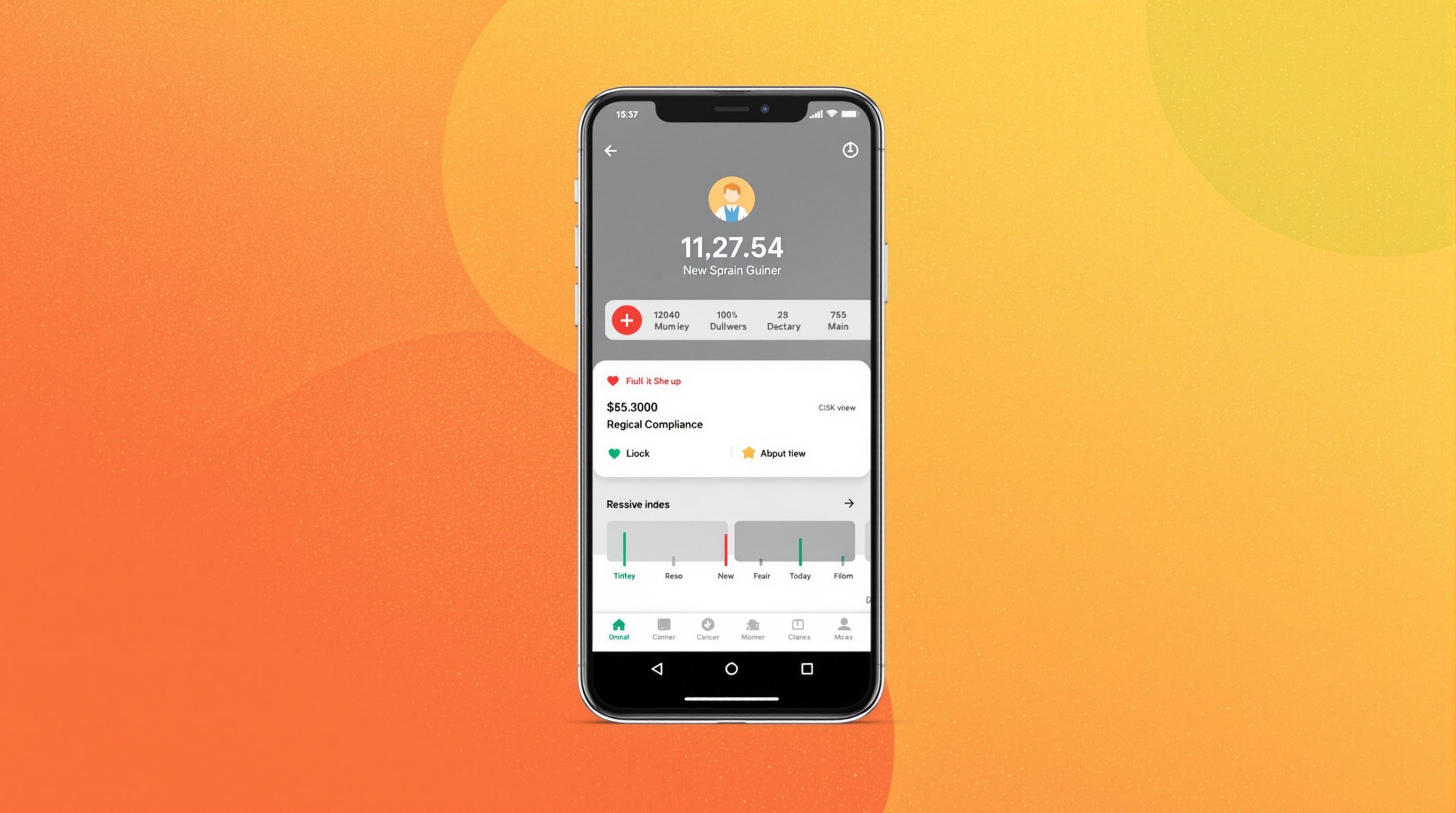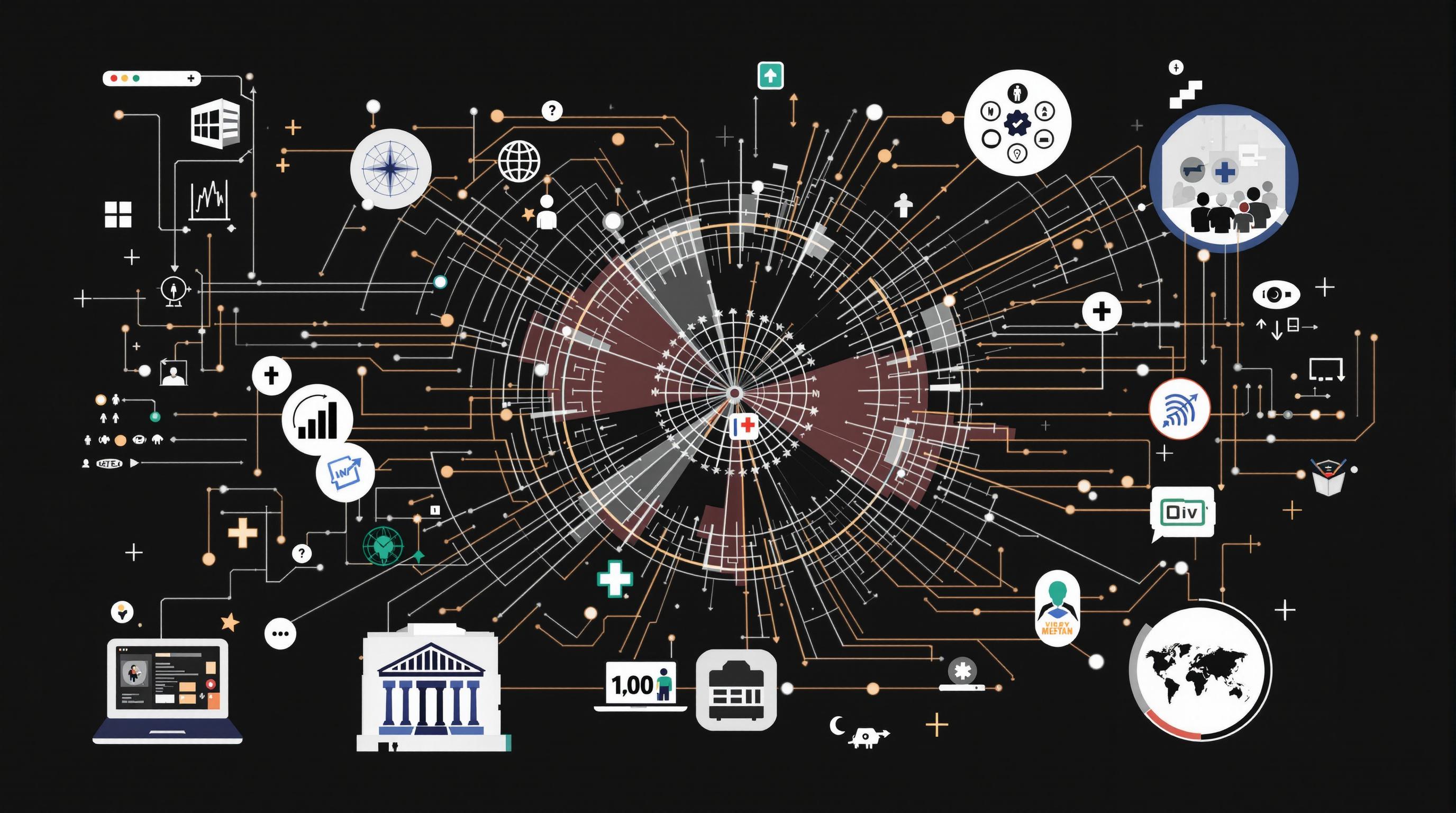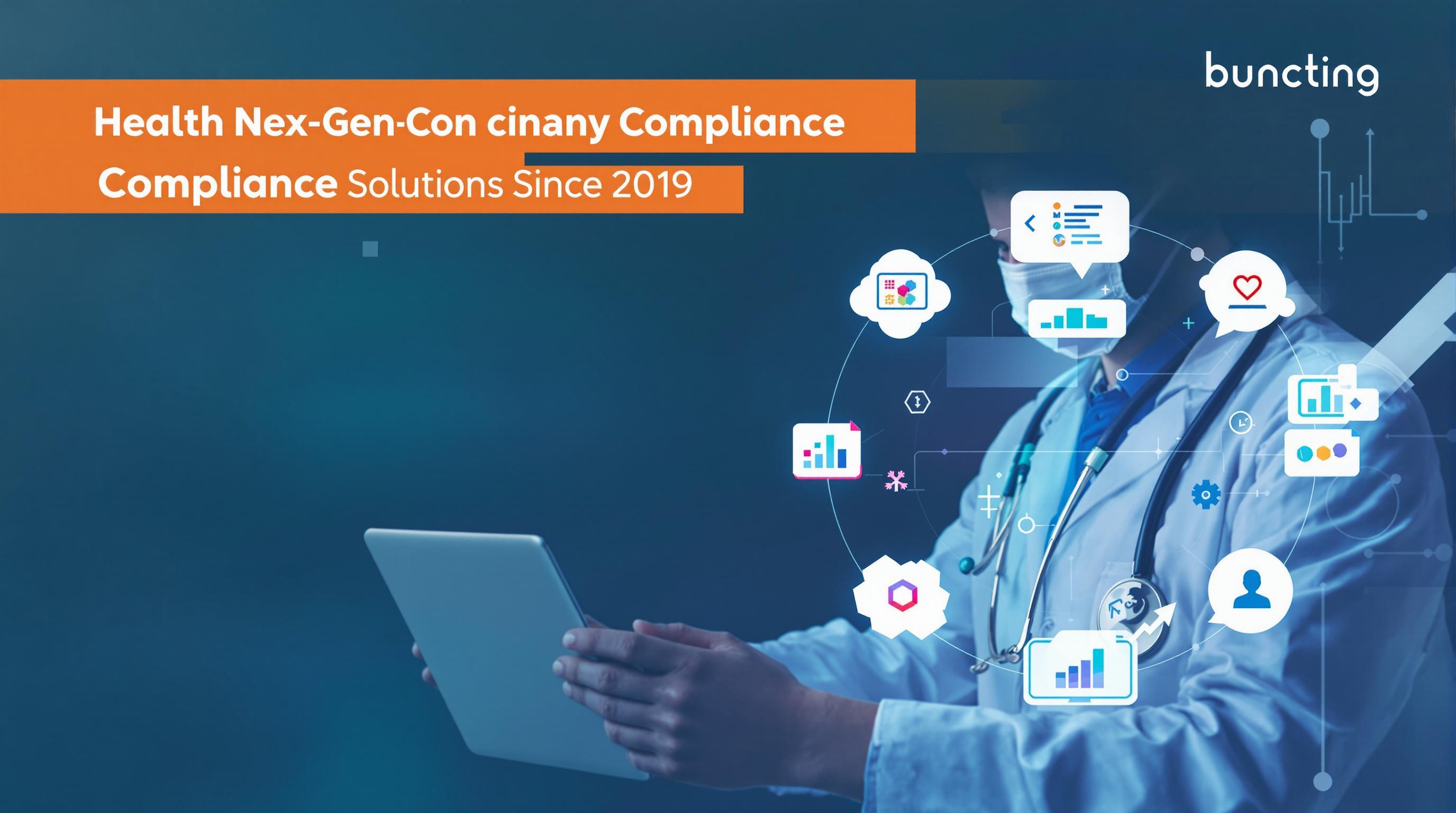Related Articles
- 7 Game-Changing Medical Compliance Apps From the Last 5 Years Redefining User Experience and Data Security
- Unveiling the Impact of Human Factors on Medical Software Adherence in Complex Clinical Settings
- Exploring Ethical Dilemmas in Medical Imaging Software: Patient Privacy and Data Ownership in the Digital Age
- Unveiling the Quiet Revolution: How Medical Imaging Software is Shaping Rare Disease Research and Diagnosis
- 5 Cutting-Edge Medication Management Apps Released Since 2019 Ranked for Accuracy and User Trust
- Unlocking the Forgotten: How Mobile Apps Are Shaping Rare Disease Diagnosis and Patient Advocacy Networks
5 Critical Steps to Ensure Medical Software Compliance Beyond Regulatory Basics
5 Critical Steps to Ensure Medical Software Compliance Beyond Regulatory Basics
5 Critical Steps to Ensure Medical Software Compliance Beyond Regulatory Basics
Introduction to Medical Software Compliance
Medical software is pivotal in delivering accurate diagnostics and treatment plans. Ensuring compliance with regulatory requirements, such as FDA's 21 CFR Part 820 or the EU's Medical Device Regulation (MDR), forms the foundation of risk management and patient safety.
However, merely meeting these regulatory basics is no longer sufficient. The evolving landscape of cybersecurity threats, data privacy concerns, and software complexity demands a more comprehensive approach to compliance.
This article outlines five critical steps that extend beyond regulatory basics, helping organizations not only comply but also enhance reliability, security, and trust in their medical software solutions.
1. Emphasize Robust Software Development Lifecycle (SDLC) Practices
An effective SDLC tailored for medical software is crucial. This involves thorough requirements gathering, stringent design controls, rigorous testing protocols, and continuous integration mechanisms.
Building traceability matrices linking requirements to design and testing ensures that every function is validated and meets safety standards. Leveraging standards like IEC 62304 helps frame these lifecycle processes effectively.
Furthermore, adopting agile or iterative methodologies with frequent validation cycles improves flexibility and responsiveness to regulatory updates and emerging risks, supporting ongoing compliance.
2. Implement Advanced Risk Management Strategies
Beyond typical hazard analyses, advanced risk management involves continuous monitoring of software performance and emerging threats post-deployment. Tools like Failure Mode and Effects Analysis (FMEA) combined with real-world data analytics improve risk detection.
Updating risk registers continuously aligns with standards such as ISO 14971 for medical device risk management. This proactive stance enables early issue identification and prompt mitigation measures.
Risk communication among all stakeholders — developers, clinicians, and regulators — ensures transparency and accountability throughout the software lifecycle, enhancing patient safety and regulatory confidence.
3. Strengthen Data Security and Privacy Mechanisms
Data handled by medical software is highly sensitive, requiring stringent security adherence beyond HIPAA or GDPR regulations. Employing encryption, secure authentication protocols, and regular vulnerability assessments protects against breaches.
Implementing role-based access control (RBAC) limits data exposure to authorized personnel only. Additionally, continuous security training for staff reduces risks from human error.
Ensuring compliance with cybersecurity frameworks such as NIST SP 800-53 strengthens defense-in-depth strategies, guarding patient data and reinforcing regulatory adherence.
4. Establish Comprehensive Validation and Verification Processes
Validation and verification (V&V) go beyond documenting that software meets specifications—they confirm the software performs as intended in real-life clinical environments. This requires extensive test coverage and simulation of edge cases.
Automated testing tools and continuous integration pipelines facilitate ongoing V&V, enabling swift detection of defects introduced during development or updates.
Independent peer reviews and audits further reinforce V&V efforts, providing unbiased assurance of software quality and compliance to regulators like the FDA or Notified Bodies.
5. Foster Continuous Compliance Monitoring and Improvement
Medical software compliance is dynamic, requiring sustained oversight long after initial approval. Continuous monitoring involves collecting user feedback, analyzing incident reports, and tracking regulatory changes.
Establishing key performance indicators (KPIs) related to compliance, such as defect rates or security incidents, supports data-driven decision-making.
Commitment to continuous improvement not only meets regulatory expectations but also enhances software robustness, usability, and market trust over time.
Conclusion: Beyond Basics to Excellence
Moving past regulatory basics in medical software compliance demands a holistic and proactive approach. Integrating robust SDLC practices, advanced risk management, fortified data security, meticulous validation, and continuous monitoring crafts a resilient compliance framework.
Adopting these five critical steps ensures safer, more reliable medical software that withstands regulatory scrutiny and addresses modern healthcare challenges.
Ultimately, such comprehensive efforts foster innovation and elevate patient care standards in the ever-evolving digital health landscape.
References
1. U.S. Food and Drug Administration. (2023). Medical Device Reporting (MDR). Retrieved from https://www.fda.gov/medical-devices/postmarket-requirements-devices/medical-device-reporting-mdr
2. International Electrotechnical Commission. (2016). IEC 62304: Medical Device Software — Software Life Cycle Processes.
3. International Organization for Standardization. (2019). ISO 14971: Medical Devices — Application of Risk Management to Medical Devices.
4. National Institute of Standards and Technology. (2020). NIST SP 800-53 Rev. 5: Security and Privacy Controls for Information Systems and Organizations.





